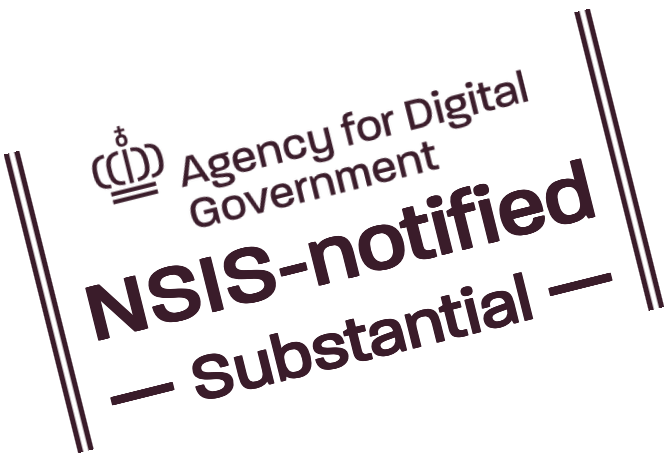Frequently Asked Questions about WAYF
What is WAYF?
WAYF is connecting institutions with external services used by the institutions' users. With WAYF you only have to log in at your own institution in order to get access to services such as journal databases, library databases and similar. Article on the WAYF architecture.
How do I use WAYF?
- Go to the website of the information service you would like to use.
- When logging in using the WAYF button you get referred to WAYF, where you will be asked to state which institution you come from.
- If you are not logged in at your institution, you will be taken to its login page.
- Once you are logged in, WAYF shows you which information will be passed on to the service provider. If you can accept this, you need to give your consent. You can let WAYF keep the consent for the following time.
- If the information service accepts your information, you will be granted access to the service. It is always up to the service to decide whom to let in.
Which information does WAYF pass on to the services?
WAYF confines the information with regards to what service providers need in order to decide if access should be granted. If e.g. the provider only needs to know whether you are coming from a specific institution, WAYF will not pass on information about your name or social security number. You will always be asked consent to the transfer no matter which information is in question.
Which information about me does WAYF keep?
WAYF keeps information about which services you have accessed from which institutions. You can always inspect this information and delete it if you want, cf. Customise WAYF.
How does WAYF work?
WAYF communicates with two kinds of organisations: Service providers and institutions. The service providers (e.g. a research library or a scientific database) make a service available. The institutions put information about the users at disposal. WAYF takes care of the necessary technical translations for the communication between the two kinds of organisations. In order for him to be allowed into the service, information about the user must be transferred to the service. This information is provided by his home institution—not by the user himself—which is why service providers choose to trust the data received about the user. The user is always asked to consent to the data exchange before any data is handed over to the service. It is always up to the service to decide whether a user should be let in or not (authorisation).
What does WAYF stand for?
WAYF stands for Where Are You From. The name is derived from the fact that a user in many cases is met by this question prior to gaining access to one of the information services that are connected to WAYF.
Logout
WAYF does support Single Logout but cannot guarantee that the connected services handle logout requests correctly.
WAYF recommends users to log out and then close their browsers.
Problem: Login is reposted when user clicks Back in the browser
Service providers can prevent this in many cases by implementing the Post/Redirect/Get (PRG) web development pattern.
Acessing the STADS-DANS web service as a foreign student
Foreign students should access the STADS-DANS web service through the 'STADS-DANS' "institution" on the institution list appearing during the login flow.
Problems using the Application Portal or STADS-DANS?
If you are experiencing problems using the Application Portal (formerly, STADS-DANS) in applying for a master's education, you must contact the servicedesk of the Ministry of Higher Education. If incorrect personal information is the problem, e.g. an incorrect e-mail address, and you are logging in from a university, you must, however, contact the university from which you are logging in, and have the administrators there correct the record from which the information is drawn. In no event will WAYF be able to help in this regard.
Access denied by a web service?
WAYF has no influence on who a web service allows access, merely presents users' crendentials to the service, which then makes the access decisions. If a web service denies you access, and you believe this is an error, you should contact the institution where you log in, or the service provider. In no event will WAYF be able to help in this regard.

